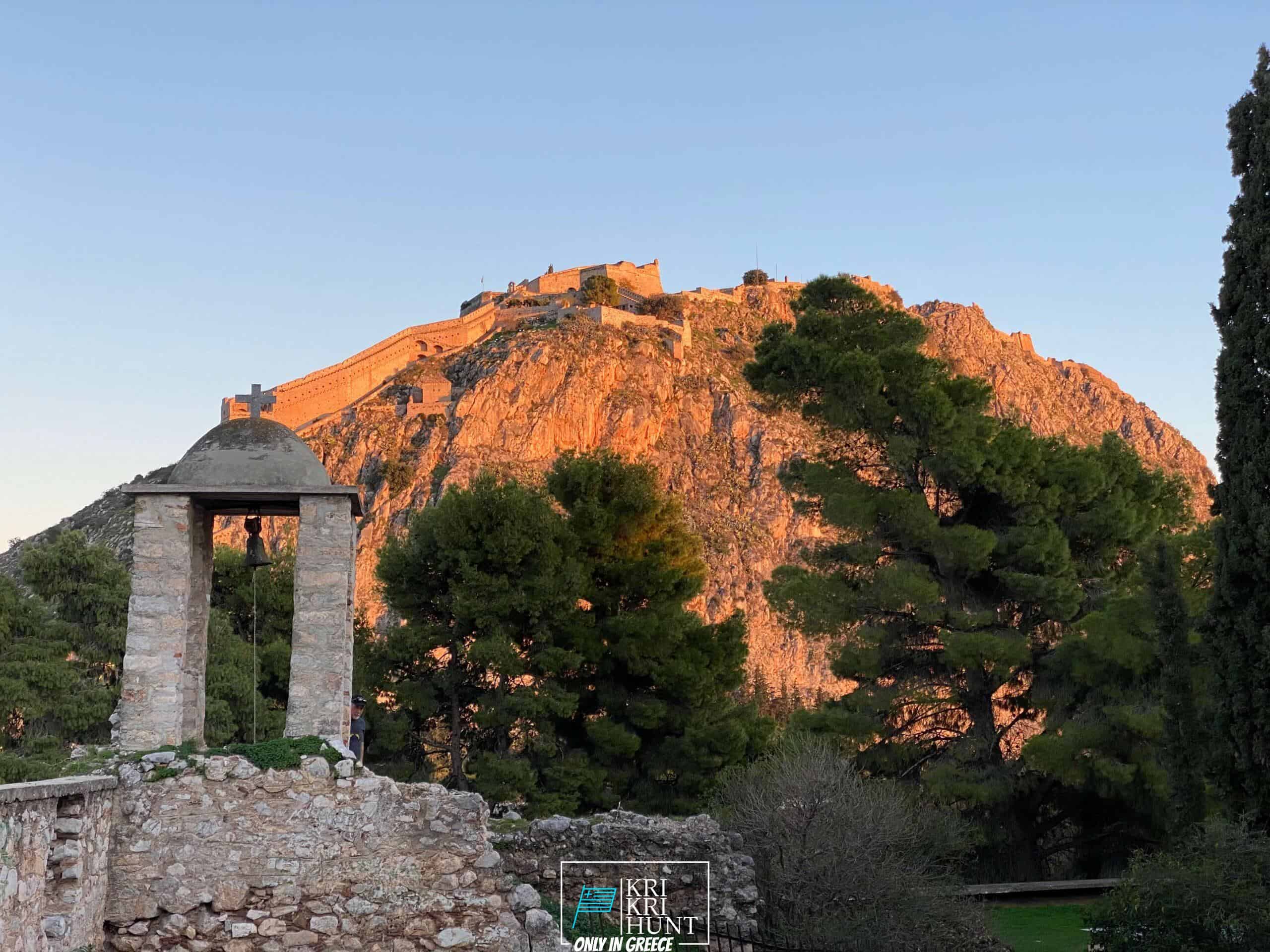Enjoy the adventure of a life time searching big game like Kri Kri ibex in Greece
Enjoy the adventure of a life time searching big game like Kri Kri ibex in Greece
Blog Article

To many people, The Peloponnese peninsula on the Greek Mainland is the 'actual' Greece, where things have not altered a lot whatsoever over the centuries although that lots of people have actually discovered it. This is a location where you might conveniently invest a month, yet if you are short on schedule then our outside searching, Fishing, cost-free diving and exploring Peloponnese Tours from Methoni is a terrific solution.

Searching kri kri ibex in Greece is a difficult work, along with hunting in general. It is testing for non-Greek seekers to search large game in Greece. The kri kri ibex is the only choice for local hunters besides wild boars and roe deer, which may only be pursued in thoroughly guarded special searching areas such as particular islands. 2 separate islands regarding 150 kilometers/ Atalanty/ and also 300 kilometers/ Sapientza/ from Athens give the opportunity to hunt this spectacular creature. There, hunting this animal is banned from morning till noon, as per Greek law. Just shotguns are allowed, and also slugs are the only ammunition enabled. You have to reserve a year in advance for hunting licenses. This guarantees that significant hunters just are permitted on these trips. Just the Greek Ministry of Nature and Agriculture concerns the licenses, and also the federal government problems a specific number of them every year.
On our Peloponnese scenic tours, you'll get to experience all that this incredible area needs to offer. We'll take you on a trip of several of the most historic and also lovely sites in all of Greece, consisting of ancient damages, castles, and also much more. You'll also get to experience a few of the standard Greek society direct by delighting in several of the tasty food and wine that the area is understood for. And naturally, no trip to Peloponnese would certainly be full without a dip in the sparkling Mediterranean Sea! Whether you're a seasoned hunter looking for a first-time tourist or a new experience just aiming to discover Greece's stunning landscape, our Peloponnese excursions are ideal for you. So what are you waiting on? Book your journey today!
If you're looking for an authentic Greek experience, after that look no more than our exterior hunting in Greece with fishing, and free diving scenic tours of Peloponnese. This is an unforgettable means to see every little thing that this incredible region has to offer. Schedule your excursion today!
What is the diference between Kri Kri ibex, Bezoar ibex and hybrid ibex
The kri-kri is not thought to be indigenous to Crete, most likely having been imported to the island during the time of the Minoan civilization. Nevertheless, it is found nowhere else and is therefore endemic to Crete. It was common throughout the Aegean but the peaks of the 8,000 ft (2,400 m) White Mountains of Western Crete are their last strongholds–particularly a series of almost vertical 3,000 ft (900 m) cliffs called ‘the Untrodden’—at the head of the Samaria Gorge. This mountain range, which hosts another 14 endemic animal species, is protected as a UNESCO Biosphere Reserve. In total, their range extends to the White Mountains, the Samaria National Forest and the islets of Dia, Thodorou, and Agii Pandes.
This Ibex is NOT a diminutive form of the Bezoar Ibex, which has migrated into the western-most reach of the range of this species. The kri – kri (Capra aegagrus cretica), sometimes called the Cretan goat, Agrimi, or Cretan Ibex, is a feral goat inhabiting the Eastern Mediterranean, previously considered a subspecies of wild goat. The kri-kri has a light brownish coat with a darker band around its neck. It has two horns that sweep back from the head. In the wild they are shy and avoid tourists, resting during the day. The animal can leap some distance or climb seemingly sheer cliffs.
“The agrimi goat Capra aegagrus cretica is unique to Crete and its offshore islands. It has been identi®ed as a sub-species of the wild bezoar goat Capra aegagrus aegagrus Erxleben, 1777, which it closely resembles in horn shape, body form and coloration. This classi®cation has been disputed by some researchers who claim that the agrimi are feral goats, derived from early domestic stock brought to the island by the ®rst Neolithic settlers. In order to clarify this issue, DNA analyses (cytochrome b and D loop sequences) were carried out on tissue of live and skeletonized agrimi and compared to sequences of wild and domestic caprines. Results conclusively show the agrimi to be a feral animal, that clades with domestic goats (Capra hircus) rather than with wild Asiatic bezoar. This study demonstrates that morphometric criteria do not necessarily re¯ect genetic af®nities, and that the taxonomic classi®cation of agrimi should be revised.”
Report this page